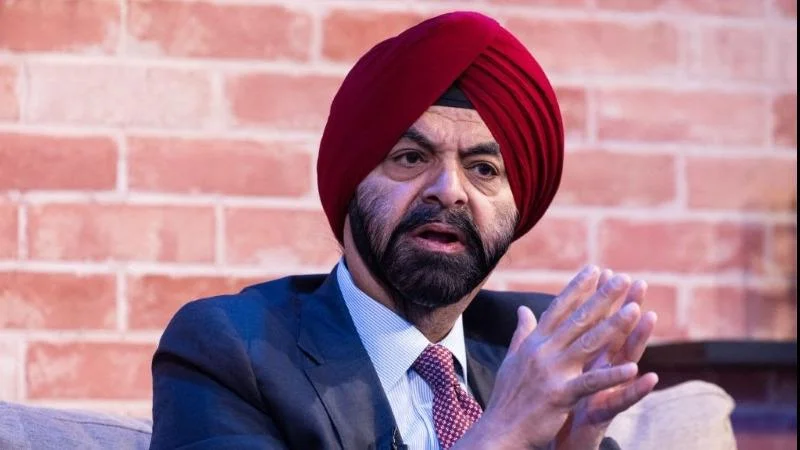Syria will require an estimated $216 billion for reconstruction following more than thirteen years of conflict, according to a new report from the World Bank. The Syria Physical Damage and Reconstruction Assessment 2011-2024 provides a nationwide evaluation of infrastructure and building assets damaged between 2011 and 2024.
The assessment found that nearly one-third of Syria’s pre-conflict gross capital stock has been damaged. Direct physical damages to infrastructure, residential buildings, and non-residential buildings are estimated at $108 billion. Infrastructure suffered the most damage, accounting for 48 percent ($52 billion) of the total, followed by residential buildings at $33 billion and non-residential buildings at $23 billion. The governorates of Aleppo, Rif Dimashq, and Homs were identified as the hardest hit in terms of total damage.
Reconstruction costs for these physical assets are projected to range between $140 billion and $345 billion, with a central estimate of $216 billion. Of this amount, $75 billion is allocated for residential buildings, $59 billion for non-residential structures, and $82 billion for infrastructure. Aleppo and Rif Dimashq are expected to need the largest share of reconstruction investments.
“The challenges ahead are immense, but the World Bank stands ready to work alongside the Syrian people and the international community to support recovery and reconstruction,” said Jean-Christophe Carret, World Bank Middle East Division Director. “Collective commitment, coordinated action, and a comprehensive, structured support program are critical to helping Syria on its path to recovery and long-term development.”
The report notes that these reconstruction costs are nearly ten times higher than Syria’s projected GDP for 2024. The country’s economy has been severely affected by the conflict; real GDP fell by almost 53 percent between 2010 and 2022. In nominal terms, GDP declined from $67.5 billion in 2011 to an estimated $21.4 billion in 2024.
“This report provides a critical baseline of the massive scale of the destruction and of the reconstruction costs ahead”, said H.E. Yisr Barnieh, Syria’s Minister of Finance. “Now, more than ever, it is imperative for the international community to mobilize support and partnership to help Syria restore essential infrastructure, revitalize communities, and lay the foundation for a more resilient future for its people.”
The World Bank clarified that due to ongoing conflict and data limitations there is significant uncertainty in these findings; detailed breakdowns by sector or asset type were not included in this assessment. The purpose was to estimate overall damage levels and inform planning discussions on recovery efforts.
Financial and technical assistance for this assessment was provided by the World Bank’s Global Facility for Disaster Reduction and Recovery (GFDRR).

